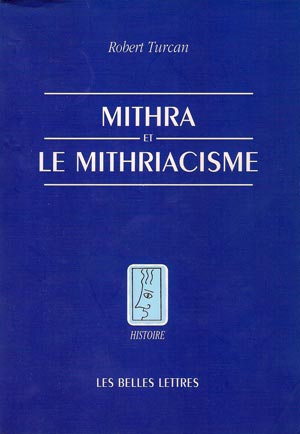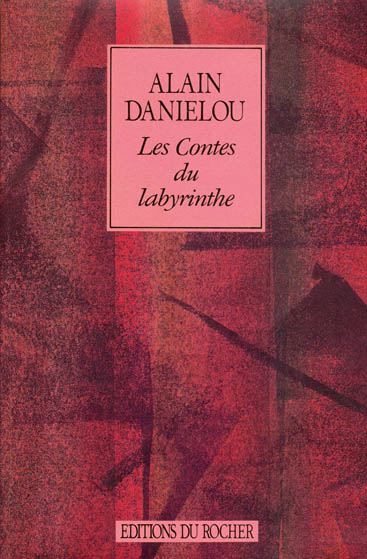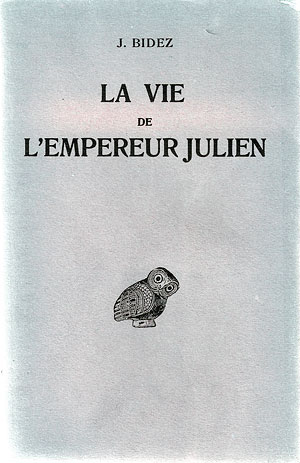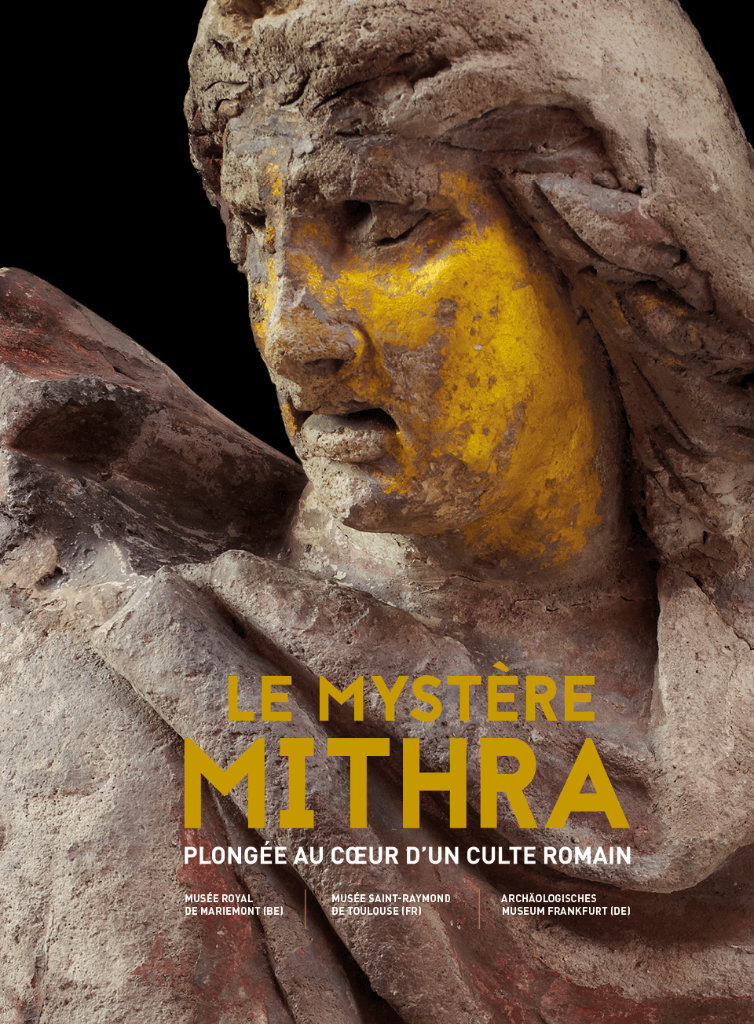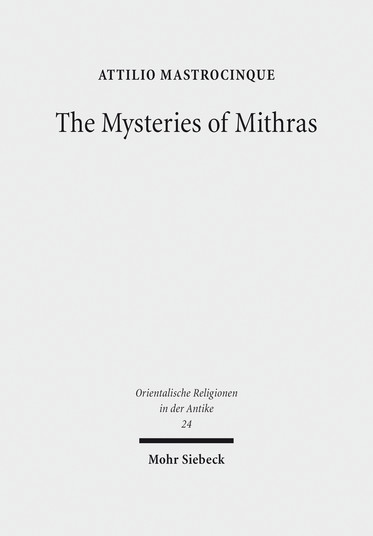Re-interpreting the Mysteries of Mithras
Ernest Renan suggested that without the rise of Christianity, we might all have embraced the cult of Mithras. Nevertheless, it has had a lasting influence on secret societies, religious movements and popular culture.
Notitiae
News and articles
from The New Mithraeum
The MITHRA Project
Laurent Bricault has revolutionised Mithraic studies with the exhibition The Mystery of Mithras. Meet this professor in Toulouse for a fascinating look at the latest discoveries and what lies ahead.
The Father of Mithras
It is well known that Mithras was born from a rock. However, less has been written about the father of the solar god, and especially about how he conceived him.
Mithras in Hispania
On the occasion of the discovery of a Mithraeum in Cabra, Spain, we talk to Jaime Alvar, a leading figure in the field of Mithraism. With him, we examine the testimonies known to date and the peculiarities of the cult of Mithras in Hispania.
Let’s talk about Mithras with Yolanda De Iuliis
Yolanda’s multimedia dissertation focuses on the cognitive mechanisms that motivate Mithras worshippers. Her work includes a podcast entitled Conversations about Mithras.
Introductio
Press clips
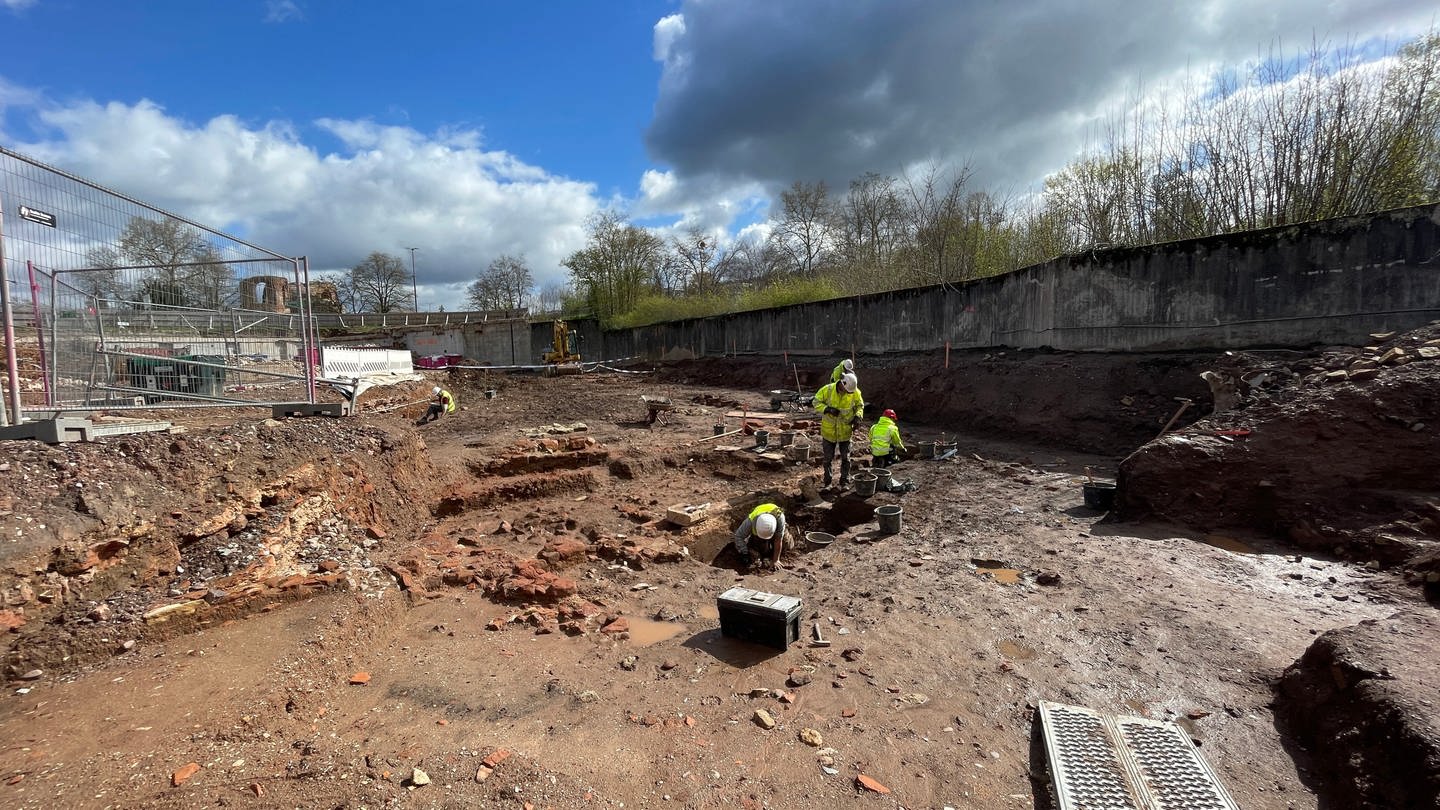
A new mithraeum discovered during excavation in Trier
A place of worship for the Roman god of light Mithras was discovered during archaeological excavations in Trier. This includes a larger relief.
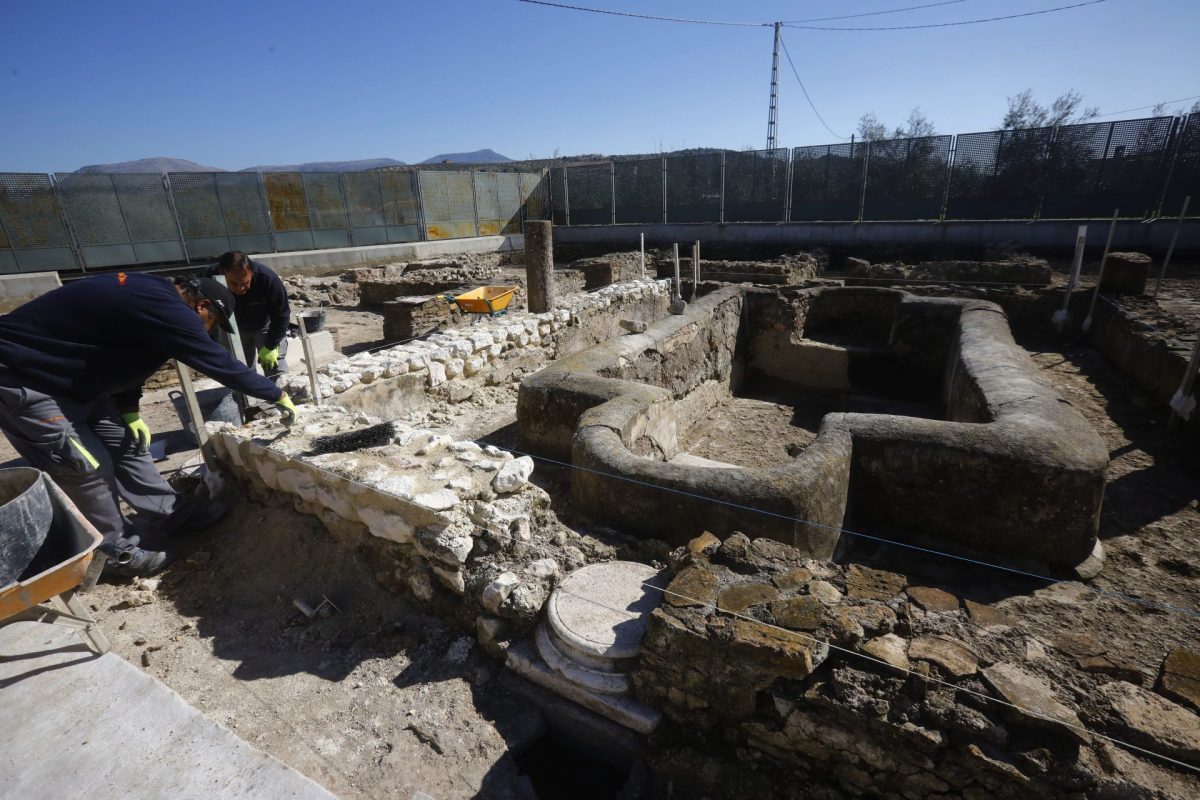
Hallan en el yacimiento romano de Cabra (Córdoba) un lugar de culto al dios Mithra
Las excavaciones llevadas a cabo en el yacimiento arqueológico romano de la villa de Mithra, en Cabra (Córdoba), han deparado el excepcional hallazgo de un mitreo, o zona destinada al culto al dios Mithra, cuya estatua fue descubierta hace unos 70 años.
Agencia
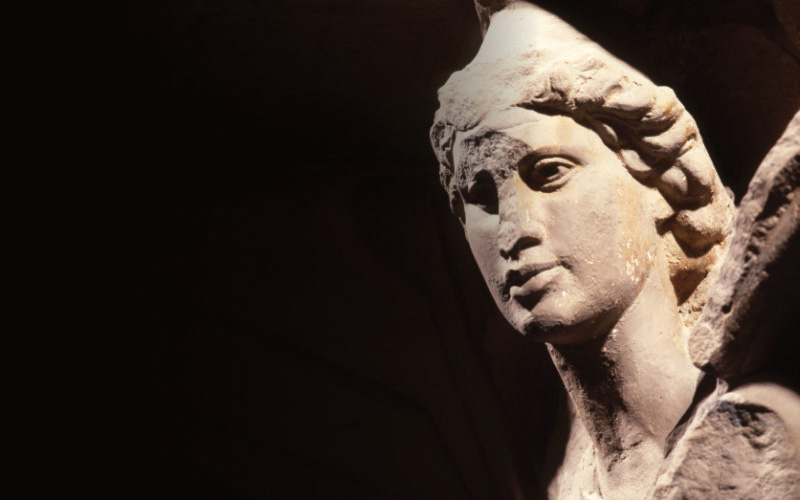
Call for PhD students and post-doctoral fellows specialising in Mithras
On the occasion of the exhibition, the Royal Museum of Mariemont invites five experts from Europe to emulate the research on the cult of Mithras.

Before MAGA: Mithras, Phrygian Caps, and the Politics of Headwear
Despite the current political landscape of the US, we can look to antiquity to see that the red cap was actually once a symbol of citizenship and welcome to the foreigner.
Sarah E. Bond
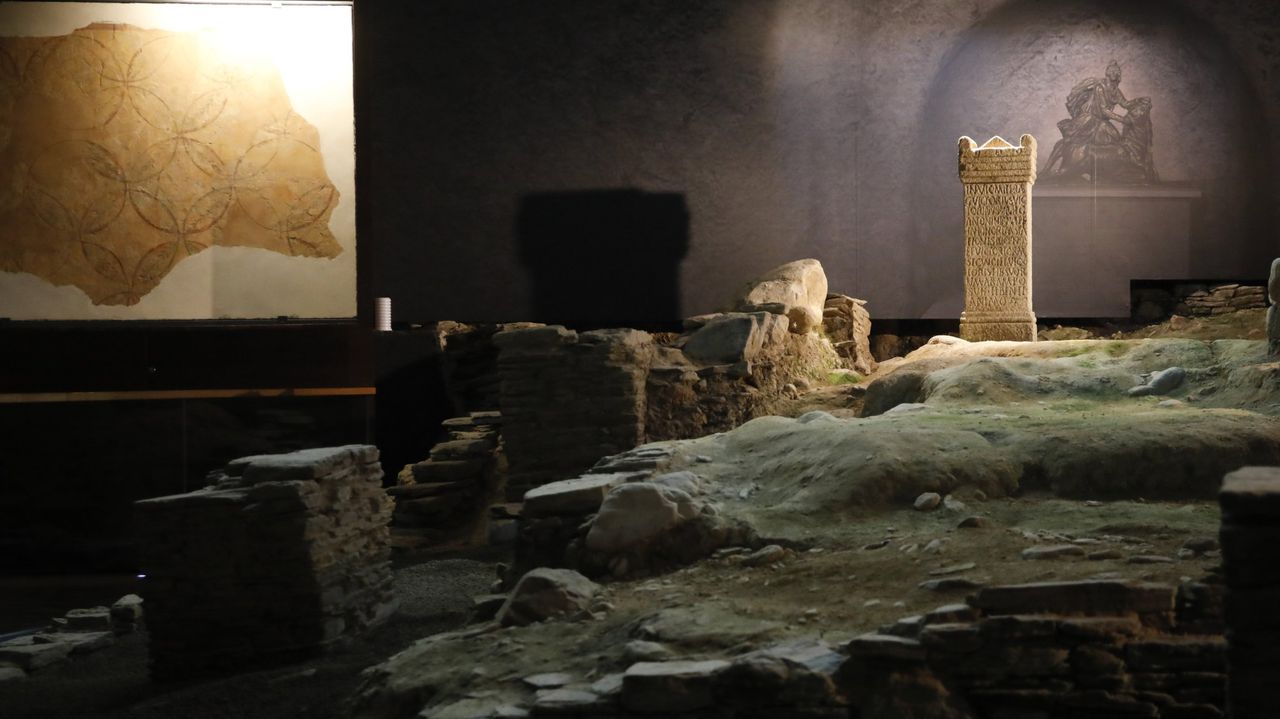
Los dioses de Egipto y Persia que los romanos honraron en Lucus Augusti
La Domus de Mitreo y el Centro Arqueolóxico de San Roque muestran otra cara del viejo Lugo
Lorena García Calvo
Some places to visit
-
Mithräum von Königsbrunn
The Mithraeum of Koenigsbrunn is the only one preserved in the ancient Roman province of Rhaetia, current Bavaria.
-
Mithraeum of Caesarea Maritima
This shrine developed towards the end of 2nd century and remained active until beginning 4th.
-
Mithraeum of Eleusis
A Mithraeum has been identified in Eleusis where the last Hierophant form thespia had the rank of Father in the Mithraic Mysteries.
-
Mithraeum III of Ptuj
Mithraeum III in Ptuj was built in two periods: the original walls were made of pebbles, while the extension of a later period was made of brick.
Mithraic art and artefacts
Tauroctony of Naples
Stars of the Mitreo de Santa Maria Capua Vetere
Tauroctony medallion of Egypt
Votive plaque of Stockstadt
Head of Minerva from London
Fragments of altars from Gimmeldingen
Tauroctonia del Cortile del Belvedere
Felsgeburt des Mithras
Altar to Mithras at the Walters Art Museum
Sententia
Guest insights
By the way, there is this video by @nicolas.amoroso that tells a lot about mithraic images in the me…
Dear Csaba , I am fascinated by your slab of Mithras with Cautes wearing a child in front of the bul…
British Museum: Gallery 1 (G1/od/nr186)
https://www.mithraeum.eu/group/anglo.mithraic.society
A FINE NOTE AND WILL LIKE TO KNOW MORE IN INDIAN CONTEXT ALSO TO SEND MY INDIAN INPUTS
Monreal monastery 12th century AD ...
Dear Joachim: To my knowledge, perhaps not the dative lionis, but the word leo is often found in the…
Hello Gabriel, the article you present on the relationship between the religion of the unconquered…
Excelente trazado de arquitectura, agradezco que la hayan compartido.
Libri
